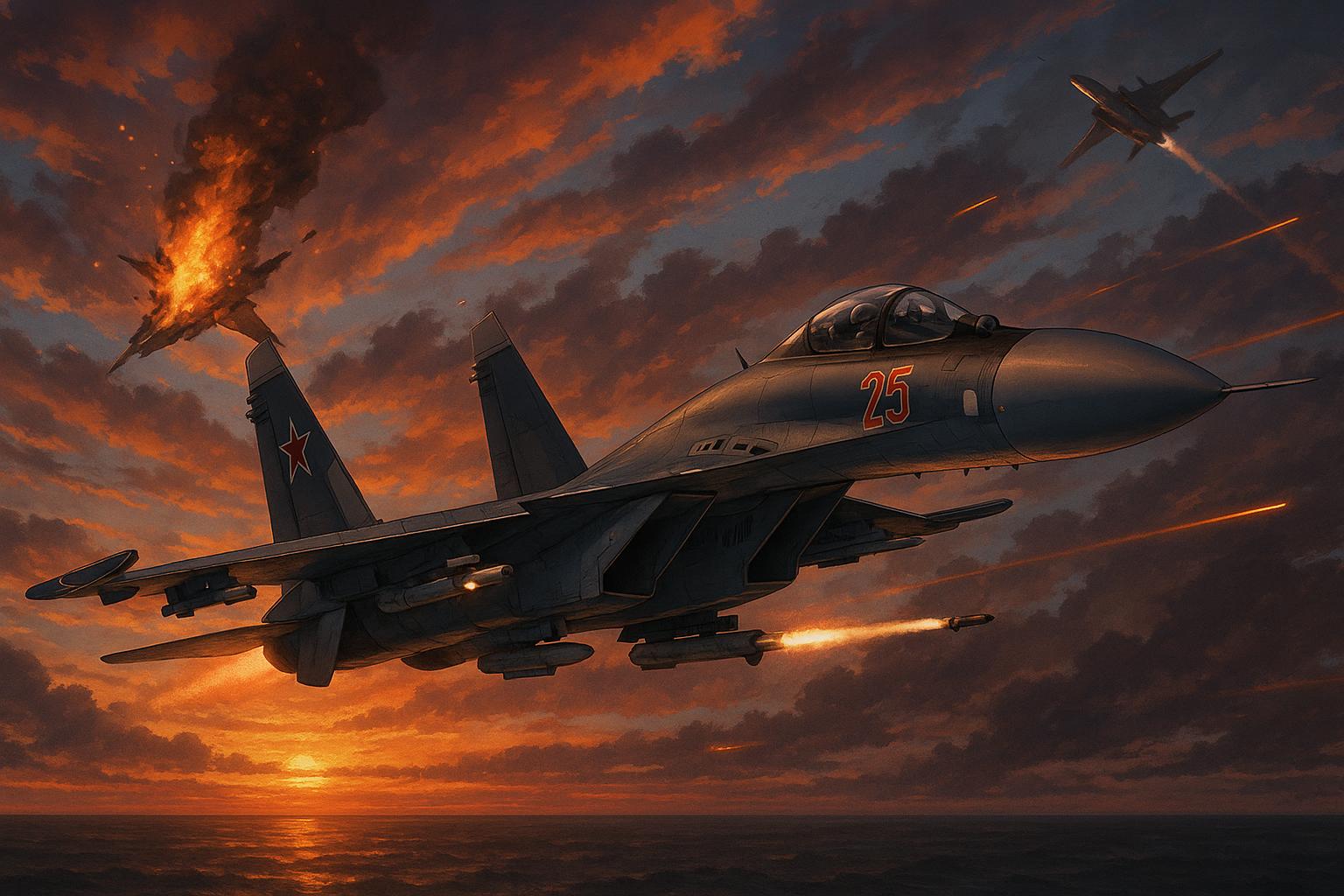A recent incursion of a Russian Sukhoi Su-35 fighter jet into Estonian airspace has reignited concerns over security in the Baltic region, reflecting heightened tensions between NATO and Russia. The breach, which lasted approximately one minute and involved a jet flying without a flight plan, transponders, or radio contact, was condemned by Estonia's Foreign Minister, Margus Tsahkna. He characterised the incident as "very serious" and "not acceptable in any way." Following the incursion, NATO’s Baltic Air Policing mission activated Portuguese F-16s to conduct a reconnaissance flight, showcasing the alliance's commitment to the security of its member states.
Tsahkna's remarks coincide with an ongoing military exercise named Exercise Hedgehog, involving over 16,000 NATO troops, which underscores the region's strategic importance. This incident marks the first recorded violation of Estonian airspace in 2023 and raises alarm as it comes amid ongoing diplomatic strains surrounding the conflict in Ukraine. The recent reluctance of Russian President Vladimir Putin to engage in peace talks further complicates the situation, reflecting a broader backdrop of hostility between the two nations.
Despite claims from Putin during a virtual G20 summit that Russia has never refused peace talks, tensions remain palpable. The Russian leader has pointed fingers at Ukrainian President Volodymyr Zelensky, suggesting his government is unwilling to negotiate, particularly following Zelensky's decree that prohibits any discussions with Russia. This ongoing narrative portrays Zelensky as an obstacle to peace, whereas many observers argue that it is Putin’s refusal to engage directly that prolongs the conflict.
In January 2025, Putin reiterated his stance on the illegitimacy of Zelensky, citing the lack of elections since the war began and implying that any negotiations should take place with other Ukrainian representatives instead. In contrast, Zelensky has countered these assertions, accusing Putin of evading meaningful dialogue and insisting that any pathway to peace must involve direct negotiations with him. This ongoing stalemate raises pressing questions about the future of diplomatic efforts and the potential for resolution in Ukraine.
The deteriorating situation in the Baltic states coupled with the standoff regarding Ukraine creates a complex geopolitical landscape. As NATO continues to bolster its presence in Eastern Europe, the need for effective diplomacy has never been more critical. The aviation incident serves as a stark reminder of the potential flashpoints that can escalate into broader confrontations amid these heightened tensions.
In summary, the ongoing violations of airspace, coupled with the diplomatic challenges over negotiations, illustrate the precarious and volatile nature of Russia-NATO relations. The international community remains watchful as efforts for resolution continue to ebb and flow, hindered by entrenched positions on both sides.
Reference Map 1. Paragraph 1: [1] 2. Paragraph 2: [1], [4] 3. Paragraph 3: [2], [3] 4. Paragraph 4: [3], [5] 5. Paragraph 5: [4], [6] 6. Paragraph 6: [5] 7. Paragraph 7: [6], [7]
Source: Noah Wire Services
